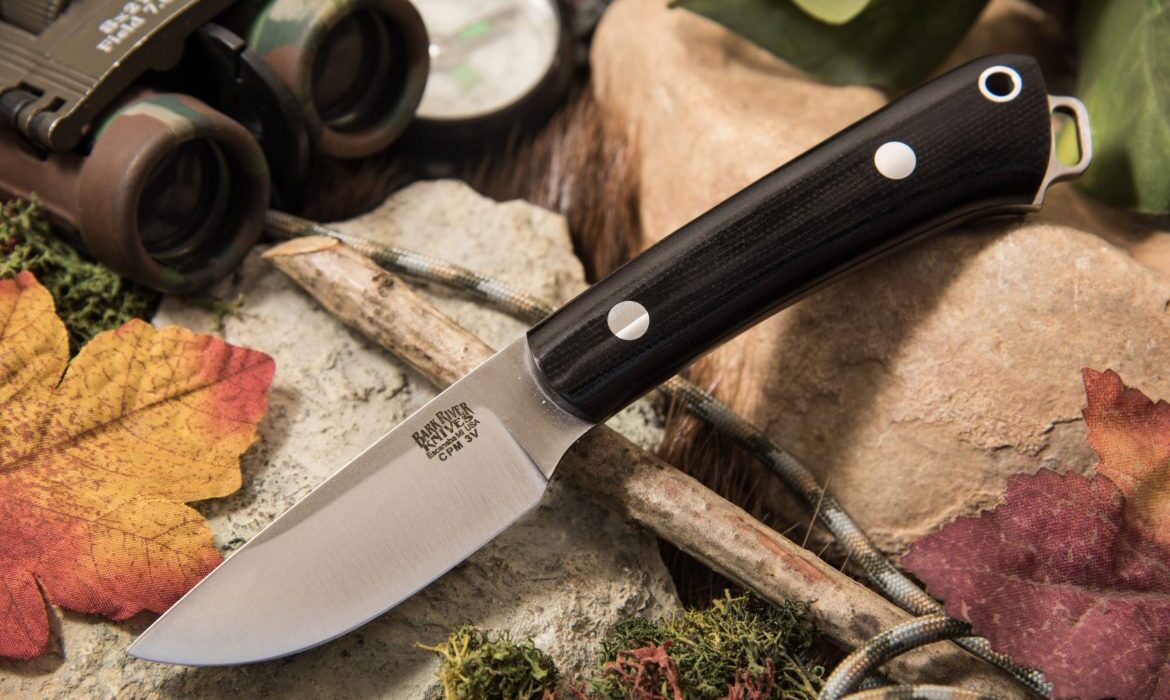Ensuring the safe use of knives is essential for everyone, especially kitchen professionals who handle them daily. Knife safety tips are crucial not only for preventing injuries but also for maintaining the longevity and effectiveness of your knives. In this article, we will delve into the comprehensive world of knife safety, offering practical advice and insights to enhance your skills in the kitchen.

Why Knife Safety is Important
Understanding the significance of knife safety is the first step towards responsible handling. Accidents can occur in a split second, and a lack of knowledge can lead to severe injuries. By adhering to safety protocols, you not only protect yourself but also those around you in the kitchen.
The Anatomy of a Knife
Before diving into safety tips, it’s important to understand the different parts of a knife. The blade, handle, spine, and edge all play a role in how a knife is used and maintained. Familiarize yourself with these components to enhance your understanding of knife safety.
Choosing the Right Knife for the Task
Selecting the appropriate knife for the task at hand is a fundamental aspect of knife safety. Each knife is designed for specific functions, whether it’s slicing, dicing, or chopping. Using the right knife reduces the risk of accidents and ensures efficiency in your culinary activities.
Understanding Blade Grinds
Different blade grinds affect how a knife performs. For a deeper understanding, visit Understanding Blade Grinds to learn more about how grinds influence cutting capabilities.
Proper Knife Handling Techniques
Mastering the art of knife handling is crucial for safety. Always hold the knife by the handle and ensure your grip is firm. Use a cutting board and maintain a steady stance to prevent slips and accidents.
Saber Grind Applications
For specific cutting tasks, understanding saber grind applications can be beneficial. Explore Saber Grind Applications for insights on this particular blade style.
Maintaining Sharpness and Hygiene
A sharp knife is a safe knife. Regular sharpening reduces the force needed to cut, minimizing the risk of slipping. Additionally, maintaining cleanliness prevents contamination and ensures hygiene in food preparation.
Blade Edge Retention Techniques
Learn how to keep your knife edge sharp and durable by visiting Blade Edge Retention Techniques.
Knife Storage Solutions
Proper storage of knives is vital for safety. Avoid leaving knives loose in drawers. Instead, use a knife block or magnetic strip to keep them secure and within reach.
Handle Ergonomics
The handle of a knife plays a significant role in safety and comfort. For a detailed exploration of handle ergonomics, visit Handle Ergonomics.
Common Mistakes to Avoid
Avoid common errors such as using a dull knife, cutting towards your body, or using a knife for unintended purposes. These mistakes can lead to accidents and should be consciously avoided.
Balance and Weight Distribution
Understanding the balance and weight distribution of your knife can enhance safety and performance. Visit Balance and Weight Distribution for more information.
Emergency Procedures
In case of an accident, knowing basic first aid is crucial. Clean the wound immediately, apply pressure to stop bleeding, and seek medical attention if necessary.
Types of Knives and Their Uses
To further expand your knowledge of knives, check out this complete guide on different types of knives.
Conclusion
Adhering to knife safety tips is paramount for anyone who uses knives in their daily activities. By understanding and implementing these guidelines, you can ensure a safer kitchen environment and enhance your culinary skills.

FAQs
What is the most important knife safety tip?
Keeping your knife sharp is the most important safety tip. A sharp knife requires less force, reducing the chance of slipping and causing injury.
How should I store my knives safely?
Store knives in a knife block, on a magnetic strip, or in a specially designed drawer insert to keep them secure and easily accessible.
Why is it important to use the right knife?
Using the right knife for the task ensures efficiency and reduces the risk of accidents, as each knife is designed for specific culinary functions.
This article contains affiliate links. We may earn a commission at no extra cost to you.


